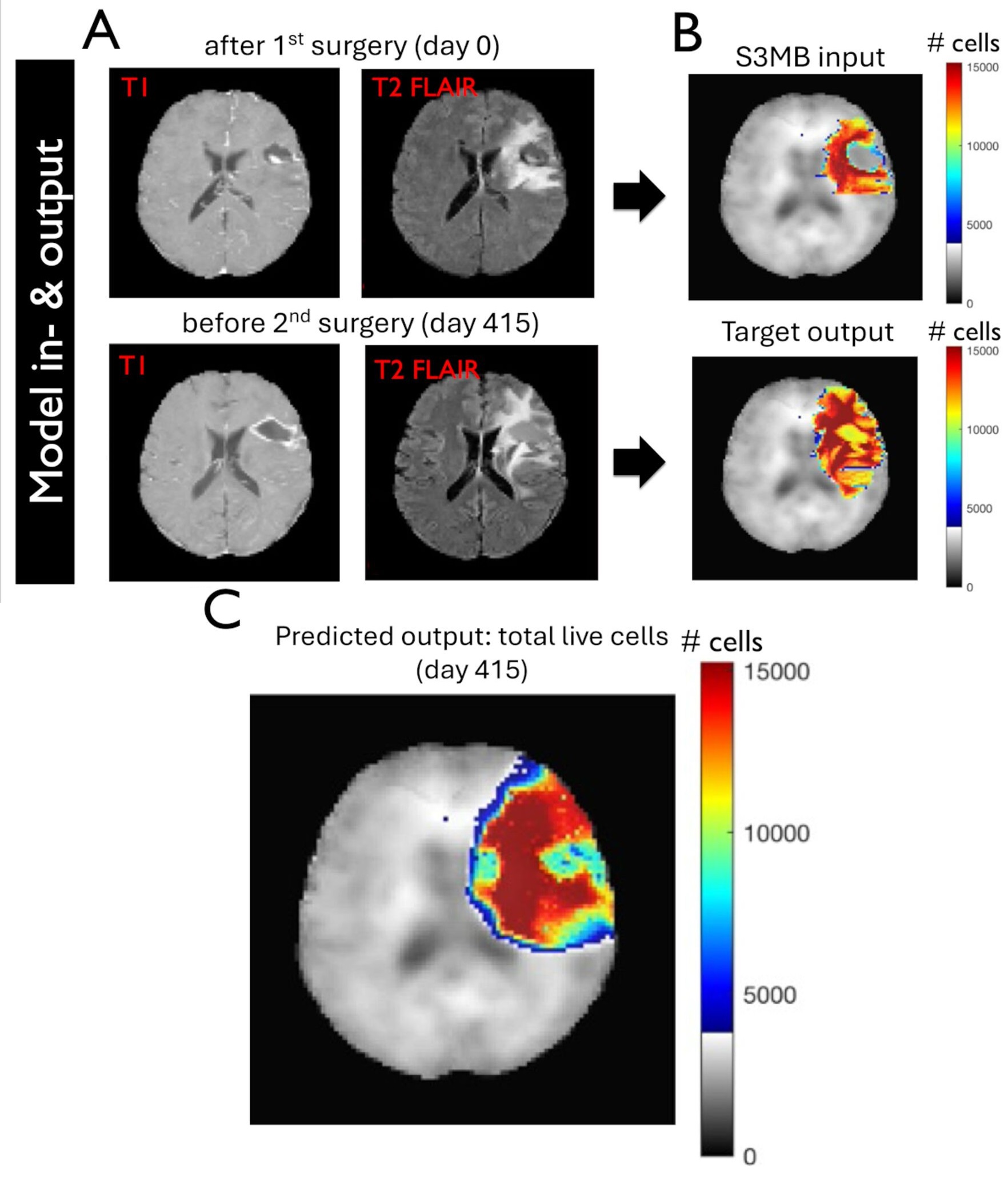Our PhD student, Dr. Zuzanna Nowicka, is a co-first author of the article “Interactions Between Ploidy and Resource Availability Shape Clonal Evolution in Glioblastoma,” published in the AACR journal Cancer Research. Glioblastoma (GBM) is the most aggressive brain tumor. Its infiltrative nature makes complete surgical removal impossible, while its invasiveness and response to treatment are determined by conditions present in the early stages of tumorigenesis. Together with an international team of researchers from institutions including Moffitt Cancer Center (Florida), Icahn School of Medicine at Mount Sinai (New York), and San Diego State University, Dr. Nowicka analyzed how these conditions influence GBM progression and recurrence.
To investigate this, the team developed a mathematical model incorporating tumor cell ploidy levels and the resource availability in brain microenvironment, allowing for simulations of GBM growth and invasion. The integration of in vitro studies, mathematical modeling, multi-omics data, and image analysis revealed that high-ploidy cells transition to anaerobic metabolism faster than low-ploidy cells, as they are more sensitive to hypoxia. Furthermore, tumor recurrence rates depended on the brain’s microenvironment, as confirmed by historical data: oxygen levels in a given organ correlated with the typical ploidy of cancers arising in that tissue. These findings indicate that nutrient availability in the brain influences tumor cell fate, thereby shaping GBM progression and recurrence. This is a step toward a better understanding of this deadly tumor and more effective treatment strategies.
Dr. Zuzanna Nowicka is conducting her PhD research as part of the PRELUDIUM BIS grant from the National Science Centre (2022/45/N/NZ5/01240) under the supervision of Prof. Wojciech Fendler.
Read the full article here: https://doi.org/10.1158/0008-5472.CAN-24-0401

